Index
1. What is an Art Bible?
2. Content of an Art Bible
3. Examples
4. Applications to our project
5. Task
6. References
1. What is an Art Bible?
 An Art Bible is a document that defines the art style of the videogame.
In other words, it describes every aspect of the game in terms of what will look like,
and avoids mixing different types of art in order to be coherent and maintain its quality.
This document helps art department understand which direction the art takes and make everybody follow an established line.
So, things like color scheme, the user interface or assets creation are specified here.
An Art Bible is a document that defines the art style of the videogame.
In other words, it describes every aspect of the game in terms of what will look like,
and avoids mixing different types of art in order to be coherent and maintain its quality.
This document helps art department understand which direction the art takes and make everybody follow an established line.
So, things like color scheme, the user interface or assets creation are specified here.It is created before the art production by the art director, and after the design document, that establishes the function, the mechanics and the entire experience of the game. Also, an Art Bible is important to other departments like marketing, because they can use this document as a part of their strategy, for example to sell the product. So, as it is said, an art bible is not something that can be ignored.

2. Content
Before doing the content, you must think about some relevant questions: - What would a team member need to now to contribute to the project? This means that you have to transmit some kind of information I have to my team to accomplish the objectives and to not make any mistakes not predicted. - Who is my target audience of the document. It is crucial to know the understanding level of juniors and, in general, people who is new to the team, and redact the document adapting it to be fully understood by all members of the team, even if they come from different places. - And finally, the money. Like with marketing department, an Art Bible can be a good tool to attract sponsors and producers who, if the document is perfect, probably they will fund the project. The content of an art bible is generally divided into 10 parts:Art Style
The first step is choosen an art style that fits the idea of the game. If you want to do, for example, a simulation game for kids you will choose a more cartoon style, with less details. This section has to include concepts like strokes and outlines for characters and environment, character poses (specific for an action) or environment shapes. Basicly this will be the main sections: the scale of the environments, the proportions of the architecture, character proportions, technologies in use, methods of construction, the sorts of materials in use, climate, chronology, and inhabitants of the environment.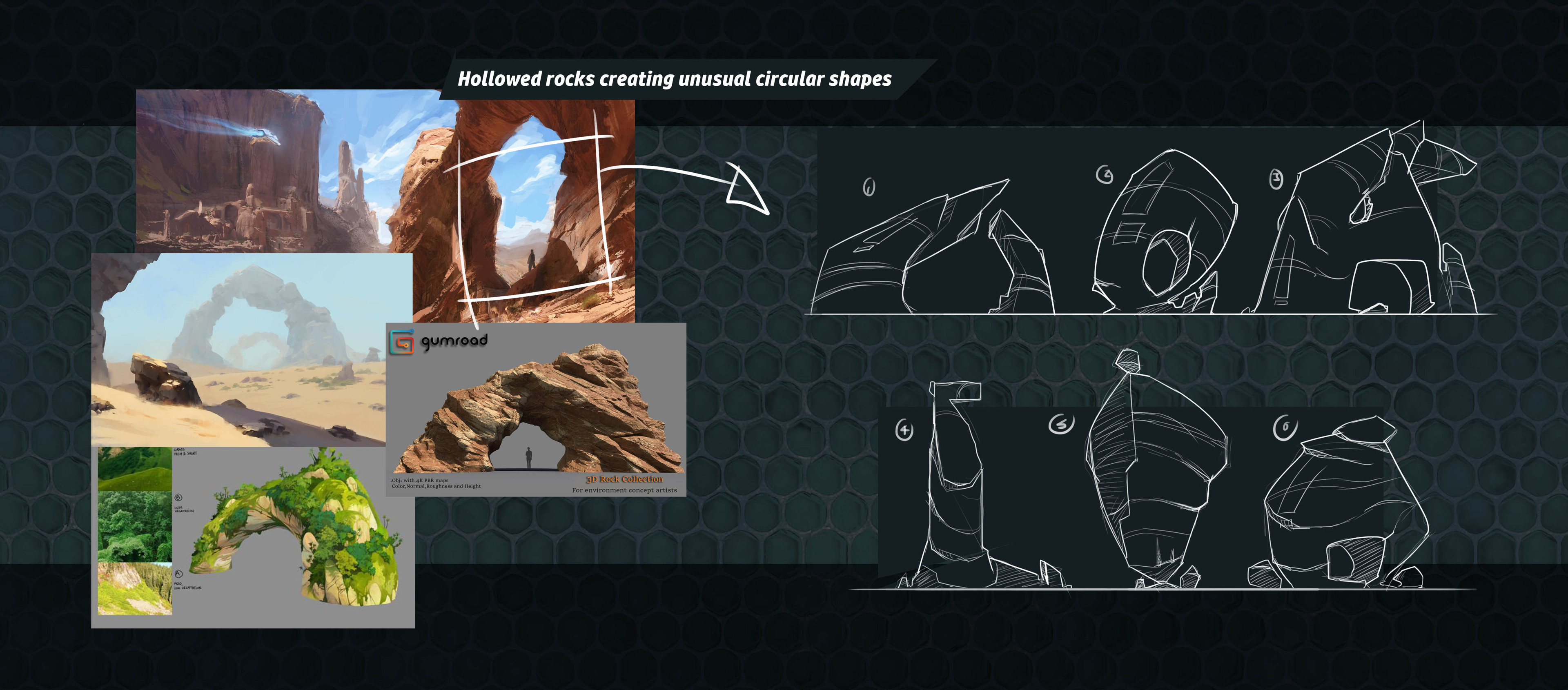

Character Art
After defining the art style, it's necessary to go in depth with the characters. They have to be created according to the style defined, and, in the middle of possible, be differentiated from other characters form other games. The main points are expressions, posing, height scale comparison, colour palette, costume/drapery, and style and construction.
Level of Detail (LOD)
This aspect depends on too many factors: platform where the game is published, the amount of time artists have and, related to this, how much effort they can dedicate to this. But it is always a good idea to take in account, because you can save a lot of resources by putting less detail, for example when the player is not close enought. It has to be mencioned what will and will not be detailed and which objects/decoration, and how will be achieved the aspect of increasing and decreasing the detail.
Camera
It doesn't have many importance, but it has to be mentioned. In this case, you have to clearly mention the camera field of view on scene, the camera angle, or which position will take it in sequences like cinemathics. This is useful to determine which position and how props will appear on scene. The camera view should be reflecting the design intent, and must provide a good viewport to players and provoque the feeling or flow wanted in this precise moment.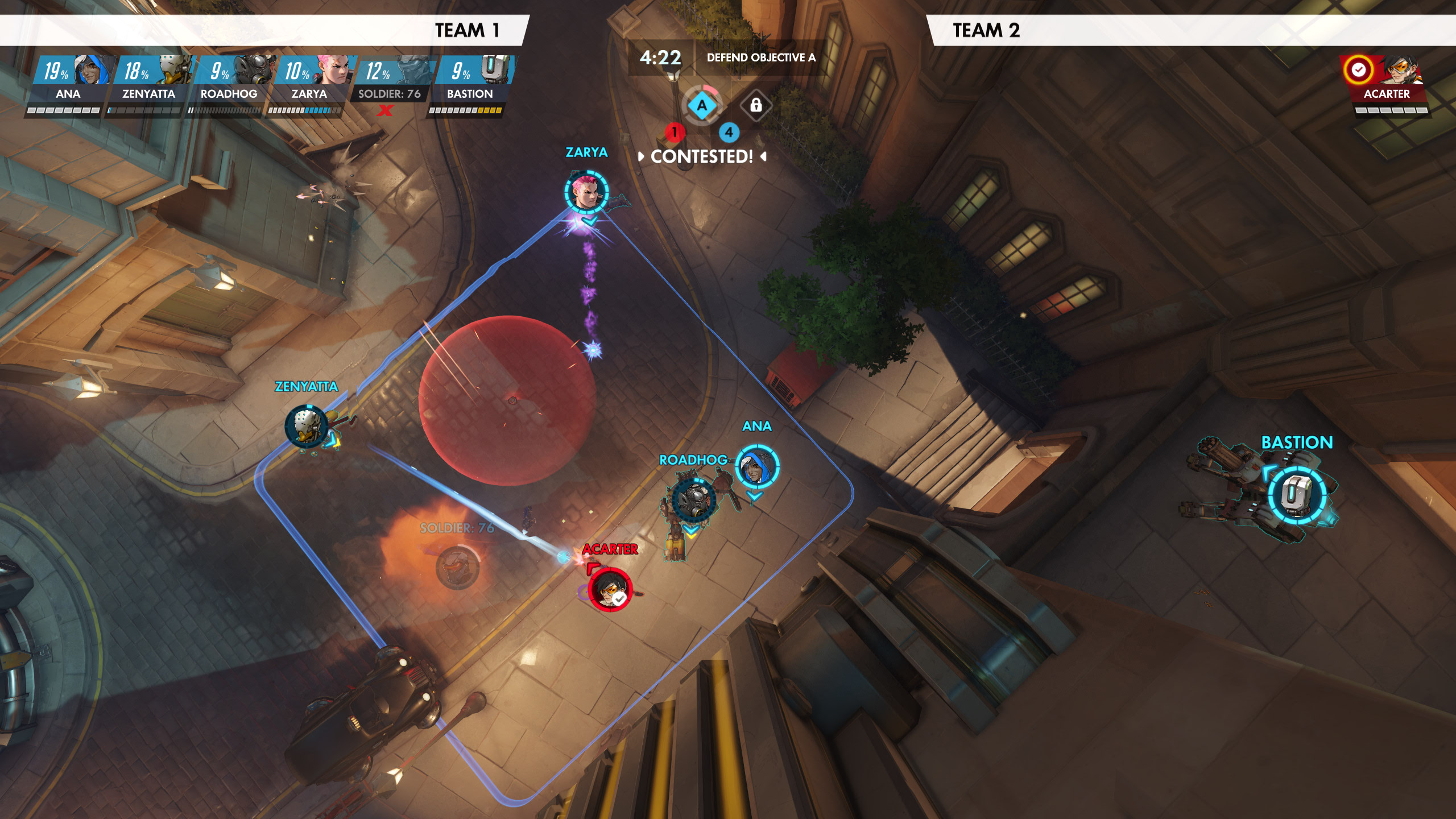

Color Palette
This is an essential part of the Art Bible. Here you will talk about color swatches, hues, color saturation, and why you have chosen them. It helps to differenciate scene forms, such as the character from background, and also to express emotions and moods only using color for characters. For example, to transmit danger or warning the red color is very appropriate. In contrast, blue is suitable to transmit security and calm.
Atmosphere/Environment
Not really much to say here. It is a complement for character and art style, and it has to be acorded to that. Things like scheme, scale or weather conditions have to be mentioned here.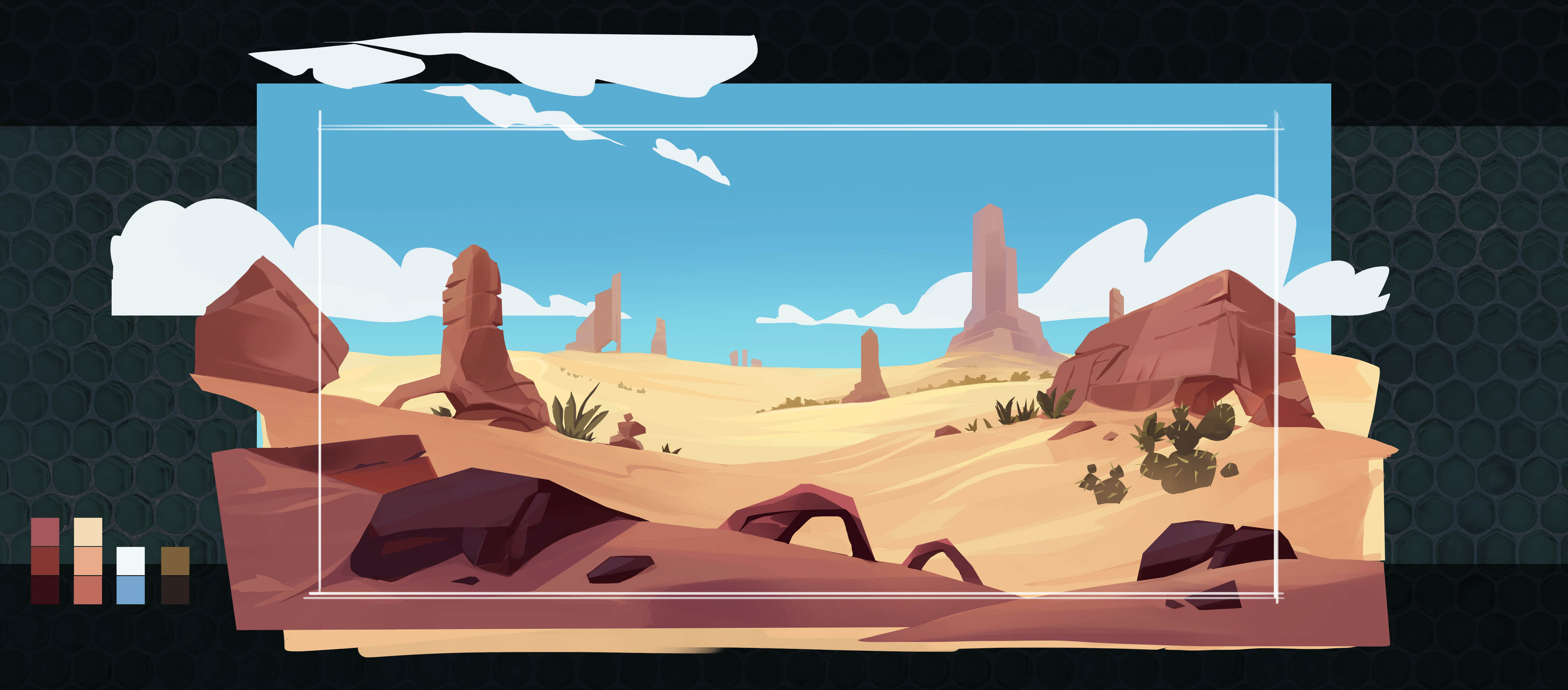
Texture & Surface
This is another aspect very related with color treatment. Here you have to define which type of textures you want, as well as the detail level of them. This section has the function for artists to understant how props should be created, and how to fit them to art style.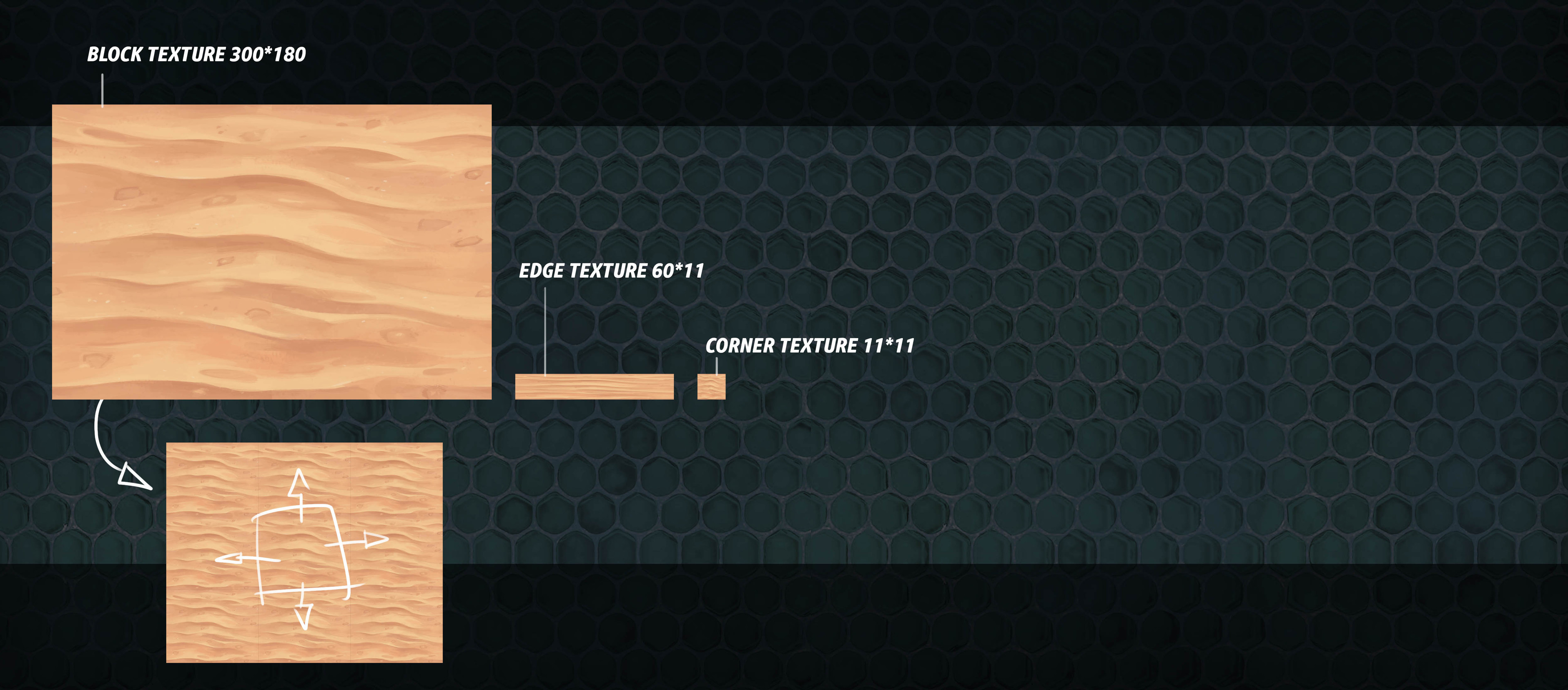
User Interface
User interface normally is something that designers set aside, an aspect that can transform an acceptable game into a horrible one. It is important to break down every design decision and analyse it to determine which is the best art focus to adress the problem, and be sure that it accomplishes again the art style defined before. Things that fit here are talking about animations, menu items, or the technique to create the interface design or the user experience.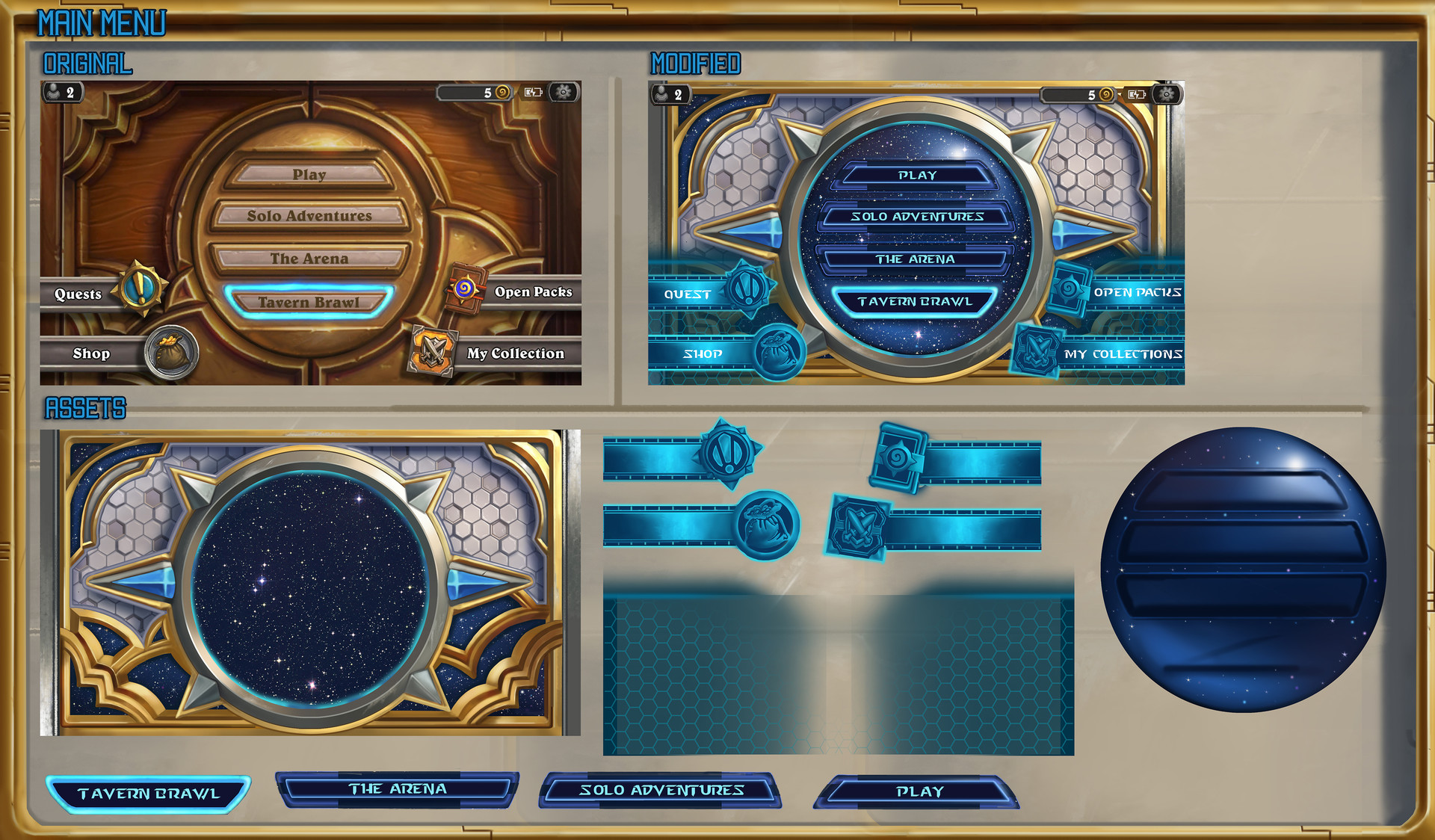
Technical Guidelines
Obviously, implementing art assets without an structure is something chaotic. Because of that, give some standar rules to built this document is basic to follow a fixed structure that has to be clear by new team members. Some precise things like sprites size, file names and naming rules, limitacions of use and tools required are remarkable.
References
And last but not least, there are references or mood boards. There are a collage made by all images that have been used as a reference to create assets and, in general, all art part. They can be extracted from comics, movies, other videogames, and so on.
3. Examples
http://wiki.polycount.com/w/images/1/1f/Dota2CharacterArtGuide.pdf4. Applications to our project
Art style: It can be whatever you like, but it has to be consistent. It's ovious to say this, but try to choose one style in which you feel comfortable and you know that it is possible to do.Character, environment and UI: They have to follow the art style chosen, and it's recommendable to be the less complex possible.
Technical guidelines: It's very important to mention every single detail of the art, so as the more written, the more information team will have and the better will work. But, as Dota 2 reference said, less is more! Try to be empathic and don't make a perfect document that is complex and tough, because nobody will understand it and they won't know how to focus it. Keep It Simple Stupid!
5. Task
With all things said, try to choose your art syle, and then start thinking about what elements define it: does it have a lot of detail? What kind of colors have the sprites? Are vivid or not? Are they exaggerated like cartoon? Which standard will you take to technical guideline? This will help you to know better your art and take an specific way of proceeding in the art part of the project.
6. References
Art bibles: What are they?https://jacobduniam.com/2017/01/03/art-bibles-what-are-they/
Art station: Technical and artistic guidelines for the desert and snow environments
https://www.artstation.com/artwork/nAYke
NGDC 2013: Game Art Bible-The secret sauce to making great Game Art Part 1
https://www.youtube.com/watch?v=vuXxfnCM56A
NGDC 2013: Game Art Bible-The secret sauce to making great Game Art Part 2
https://www.youtube.com/watch?v=YaDIbe2GeCY
Dota 2 Workshop - Character Art Guide
http://wiki.polycount.com/w/images/1/1f/Dota2CharacterArtGuide.pdf
THE ART BIBLE: AKA, THE ART GUIDELINES DOCUMENT; AKA, THE ART STYLE GUIDE http://egame.champlain.edu/faculty/buck/files/TheArtBible.pdf
THE VISION BEHIND AGE OF EMPIRES ONLINE http://wiki.polycount.com/w/images/4/43/TheVisionBehindAgeOfEmpiresOnline-RobotEntertainment.pdf